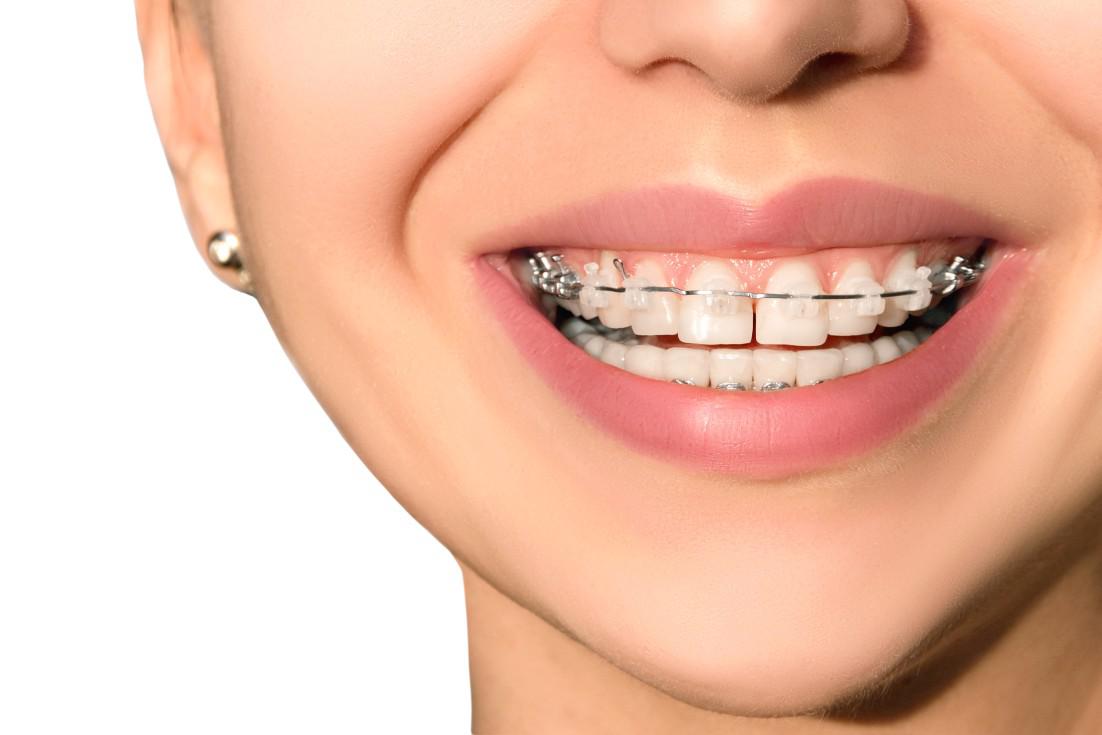 Gap-toothed smiles might be endearing in children, but not so much when it comes to adults. Known formally as diastema, gaps in teeth go beyond esthetic concerns and, if left untreated, can lead to serious dental issues.
Gap-toothed smiles might be endearing in children, but not so much when it comes to adults. Known formally as diastema, gaps in teeth go beyond esthetic concerns and, if left untreated, can lead to serious dental issues.
Tooth Gap Causes
Tooth gaps can be the result of natural skeletal development, genetics, or external factors, such as habits like thumb-sucking or tongue-thrusting, which can push teeth out of alignment over time. Tooth loss can also create gaps, as teeth naturally move to fill in the vacant space, leaving gaps on either side of their original position.
Do gaps need to be fixed?
In most cases, yes. Properly aligned teeth are key to maintaining good oral health, so the question becomes when to fix tooth gaps. When children still have a mix of baby and adult teeth, gaps are normal as their teeth fall out and grow at different rates. However, if gaps are not corrected when adult teeth fully erupt, there can be a host of negative consequences, including:
- Self-esteem or confidence issues
- Misaligned teeth
- Extra bacterial growth and plaque build-up from misaligned teeth
- Tooth decay
- Periodontal disease
- Trouble biting, chewing, or swallowing
- Gingival inflammation due to food impacting on unprotected gums between the teeth
Though most people focus on the aesthetics of having gapped teeth, the most important reason to get spaces closed is to protect the health of the gums. Tooth gaps leave an exposed section of gum that can be damaged by hard foods, like chips and pretzels. In addition, over time, food that gets stuck between the gaps can force teeth further apart.
How do braces close tooth gaps?
Braces are a great treatment option for closing gaps between teeth, because their essential function is to pull teeth together using tension. There are various orthodontic treatments for closing the gaps, including traditional and lingual (inside) braces, as well as Invisalign and other dental options.
Traditional Braces with Elastic Chains - Braces work by pulling teeth into place with brackets, wire, and elastic chain. Your orthodontist or dental provider will attach brackets to your teeth and place a flexible wire across them. Small elastics fit over the brackets, linked in a chain, to create a force that moves the teeth slowly into their proper positions, closing the gaps. Elastic chains can close gaps in as little as six weeks to six months. The time patients require varies based on several factors, including the size and number of gaps, condition of the gums, and the patient’s age.
Lingual Braces – Placed on the back of your teeth, lingual braces offer an alternative for patients worried about the look of traditional metal braces. However, some drawbacks should be taken into consideration before opting for this treatment. Each bracket for lingual braces must be custom-fit to the tooth, making them a more expensive option. You may also need to wear lingual braces slightly longer than traditional braces, as they don’t have the same power to pull teeth into place.
Invisalign - For some patients with tooth gaps, Invisalign might be an option. Much of it depends on the size of the gap. Small gaps can be closed with the clear plastic aligners, but if the gap is large, aligners may not provide enough force to pull the teeth together as much as required. Some people choose a combination of Invisalign aligners and bonding or veneers to close a large gap.
While each patient is different, closing tooth gaps is one of the more simple orthodontic cases compared to other malocclusions. If you have one or more gaps in your teeth that are causing dental issues or making you unhappy, we can help. To learn more about closing tooth gaps, contact our dental team.


